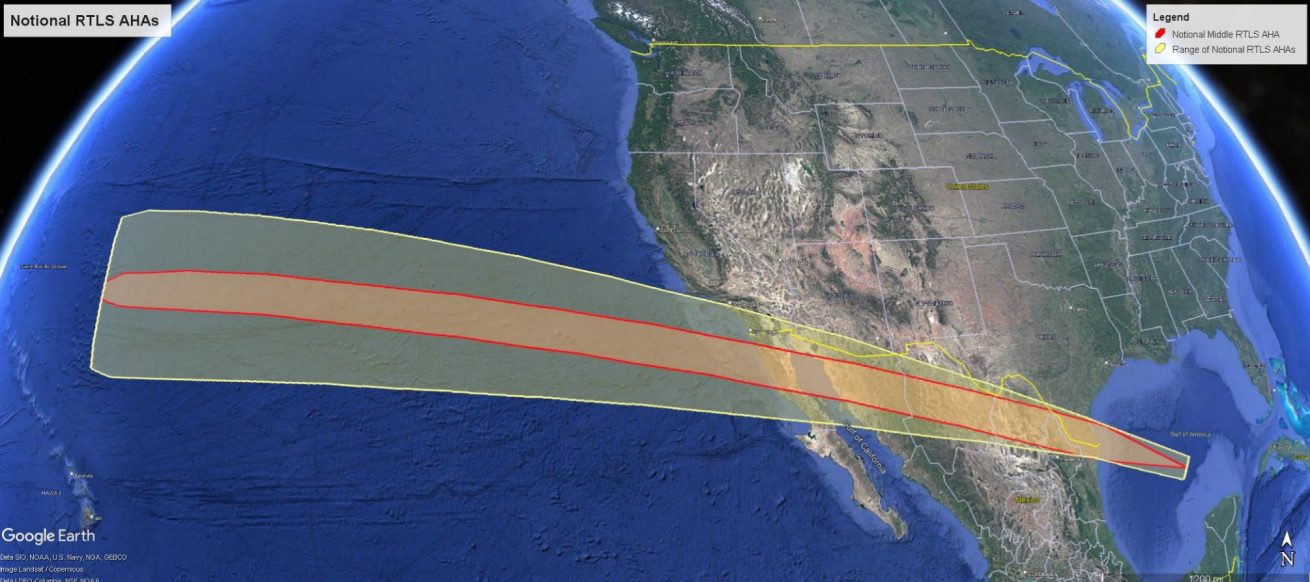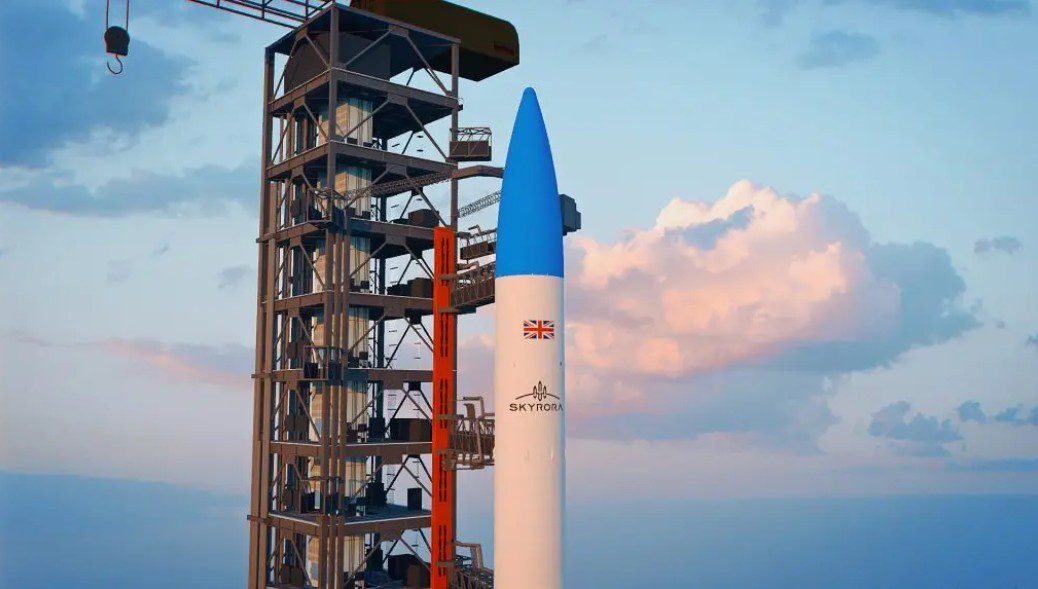The military communications satellite MUOS-5, which was stranded in a transfer orbit because its apogee kick motor had only been able to make a partial burn, has now recovered itself to a “usable” geosynchronous orbit. Having been successfully launched into a geosynchronous transfer orbit on 24 June 2016, the MUOS-5 failed to raise itself into its full mildly inclined 36,000 km circular geosynchronous orbit due to an anomaly with its IHI-built BT-4 apogee kick motor.
The partial burn stranded MUOS-5 in a 35,703 x 15,242 km orbit at 9.8 degrees inclination. The satellite later used its monopropellant thrusters in a series of 26 burns to achieve a usable, but unplanned, orbit albeit at a higher inclination and less circular (34,901 x 36,672 km) and more inclined (9.7 degrees) orbit than planned (so users need more tracking capability with ground and waveform software changes).
The spacecraft was placed at the “stable” position of 105 West requiring minimal east-west station keeping, instead of the originally planned 172 West.








